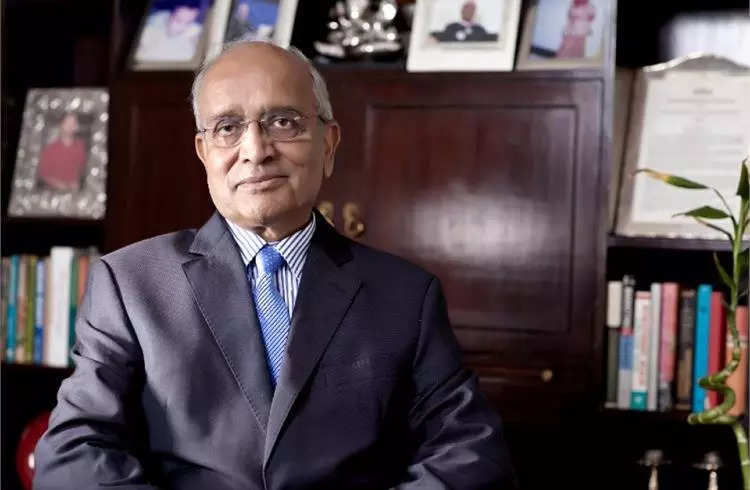
New Delhi: The two million annual capacity that Maruti Suzuki India Limited (MSIL) built in 40 years has to be developed in nine years now, as part of the company’s third phase of growth, Chairman RC Bhargava, told the company’s shareholders on Saturday.
For the company, which completed 40 years in India last year, in the first phase the emphasis was on building a local component manufacturing ecosystem and spreading the network across the country. In the second phase, the focus was on consolidating the company’s lead position.
About the next phase, Bhargava said, “The challenges before the company are unprecedented. It took us 40 years to create a capacity of 2 million units and Suzuki Motor Corporation (SMC) helped in this process by establishing the Gujarat facility. Your company has to add the next 2 million in 9 years.”
“The task of managing all the issues relating to the production of 4 million units a year requires considerable thought and possible reorganisation of the structure of the company keeping in view the best interests of all shareholders as well as other stakeholders of the company. We will, as soon as possible, announce what we are proposing,” he added.

New models underway
In the third phase, the maker of Fronx and Jimny plans to bring 10 new models to the market by 2030-31. With this, the automaker will have a total of about 29 different models in the next seven years, up from the 19 models in the portfolio now.
With this, Maruti is targeting to increase its manufacturing capacity by another 2 million cars a year by 2030-31.
One of the critical areas will be the development of human resources. Workers, supervisors, engineers and managers will have to be recruited and trained to match the rapidly increasing production capacity, the automaker said.
Powertrain technology mix
By 2030-31, Maruti Suzuki expects ICE vehicles including CNG, biogas, flex fuel vehicles, ethanol and blended fuel to take up a share of 60% in its sales. This will be followed by 25% hybrid EVs and 15% BEVs.
Its target is to have 6 EV models by the time, starting with the sale of the first model, which is a mid-size electric SUV, in 2024-25.
Despite the slowdown in the hatchbacks and the small cars category, it will remain a “very important part” of the total portfolio, Bhargava said. “The rate of growth of these cars is expected to be less than 2% a year but the industry volume is almost a million cars a year with Maruti Suzuki having a share of about 70%,” he said.
The automaker is confident of achieving the No 1 position in the SUV segment by the end of the ongoing fiscal. In the last one year, it introduced four SUVs in the market – the updated Brezza, Grand Vitara, Fronx and Jimny.
Growth rate
Bhargava stated that while it does not expect the car industry to grow in double digits, like what happened in China in the past, it does expect that a 6% growth rate will be maintained till 2030-31.
In 2023-24, the automaker expects to grow at a slightly higher rate. However, it is certain that the normalcy in supplies will still not be achieved.
“Along with the rising domestic demand, the prospects for exports are also expected to continue to improve. We expect the demand for exports to continue to grow and export volumes are projected at 7.5 lakh to 8 lakh cars by 2030-31,” Bhargava said. The company exports to about 100 countries with Chile, Ivory Coast, South Africa, Ethiopia, and Saudi Arabia being its top five destinations.
Bhargava said work is progressing at its site in Kharkhoda, Haryana, and it is expected that the first plant of 2.5 lakh capacity will start production in the first half of 2025. Thereafter, another similar plant will be added each year to reach a capacity of one million. It is in the process of selecting the second site for adding another one million capacity by 2030-31.
The company’s Board has recommended that the dividend for 2022-23 should be increased to INR 90 per share, the highest ever yet.


















